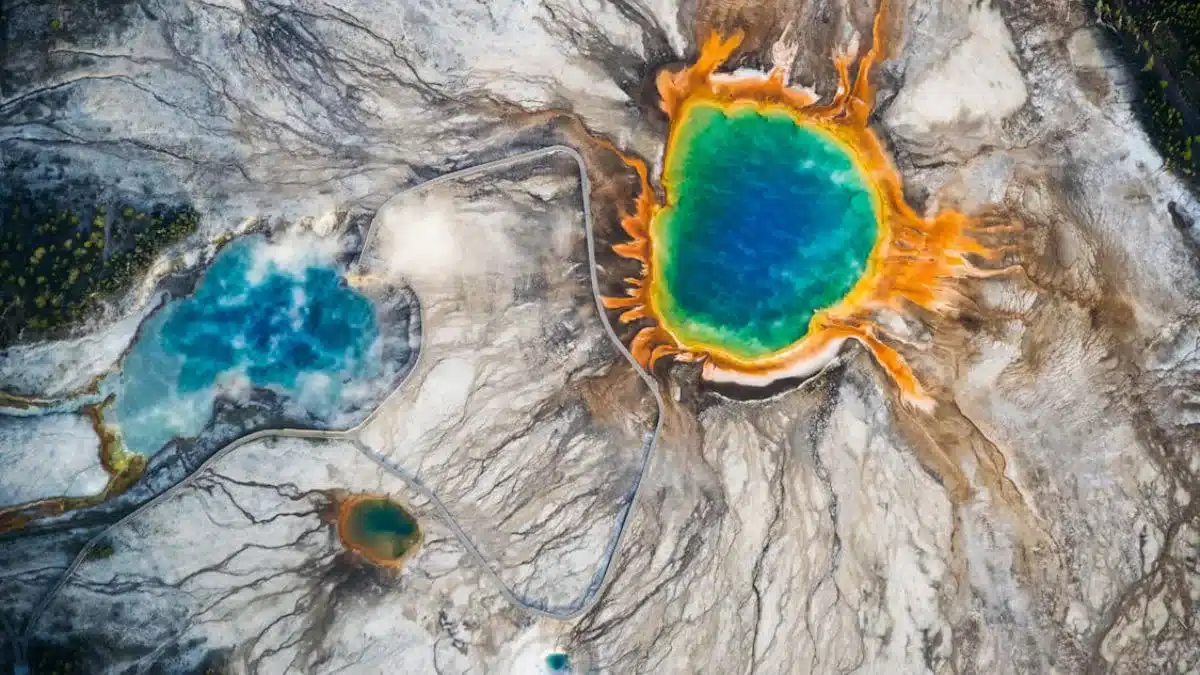Shifting Volcanic Activity in Yellowstone Caldera

Recent research has revealed a significant northeastward shift in volcanic activity within the Yellowstone Caldera, one of the largest supervolcanoes on Earth. Located in Yellowstone National Park, this geological marvel has long been a subject of scientific scrutiny due to its potential to cause widespread environmental impacts. The new findings suggest changes in the dynamics of magma beneath the caldera, offering scientists a better understanding of this complex volcanic system. This article delves into the research methodology, key findings, and implications for future monitoring of this critical geological site.
Research Methodology and Key Findings
A collaborative study published in the journal *Nature* involved geologists from the US Geological Survey, Oregon State University, and the University of Wisconsin-Madison. They employed magnetotelluric surveys to explore the structure beneath the Yellowstone Caldera. This innovative method measures electromagnetic properties of the Earth, allowing researchers to infer the conductivity of the crust. Such insights are crucial for understanding magma storage and movement.
The researchers identified seven distinct magma reservoirs located at depths ranging from 4 to 47 kilometers. These reservoirs are interconnected, feeding into one another, which indicates a complex system of magma dynamics. Notably, the study highlighted the northeast region of the caldera as the most active area. Here, researchers found reservoirs containing basaltic magma at lower levels and rhyolitic magma closer to the surface. The estimated melt storage in this northeast region ranges between 388 and 489 cubic kilometers, significantly higher than in other areas of the caldera. This marks a notable shift from previous eruptions, which were primarily concentrated in the southern, western, and northern regions of Yellowstone.
Implications for Future Monitoring
While the research team has stated that no immediate eruption is anticipated, the findings underscore the necessity for continuous monitoring of the Yellowstone Caldera. Jamie Farrell, a seismologist at the University of Utah, emphasized the importance of understanding magma storage dynamics for assessing future volcanic risks. The advancements in geophysical imaging techniques provide scientists with a clearer view of the processes occurring beneath the surface.
These insights are vital for enhancing volcanic hazard assessments and improving early warning systems for communities living near active volcanic regions. Continuous monitoring will allow researchers to track changes in magma dynamics and better predict potential eruptions. As the understanding of the caldera’s behavior deepens, it will contribute to more effective risk management strategies for the surrounding areas.
Observer Voice is the one stop site for National, International news, Sports, Editor’s Choice, Art/culture contents, Quotes and much more. We also cover historical contents. Historical contents includes World History, Indian History, and what happened today. The website also covers Entertainment across the India and World.
Follow Us on Twitter, Instagram, Facebook, & LinkedIn

